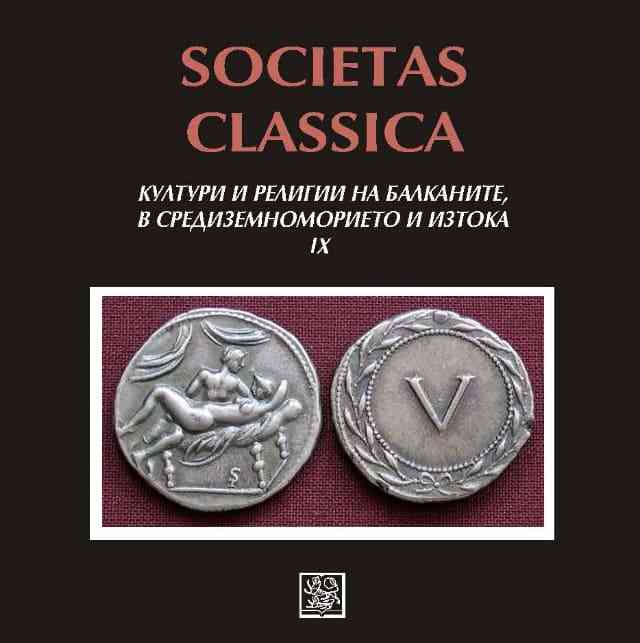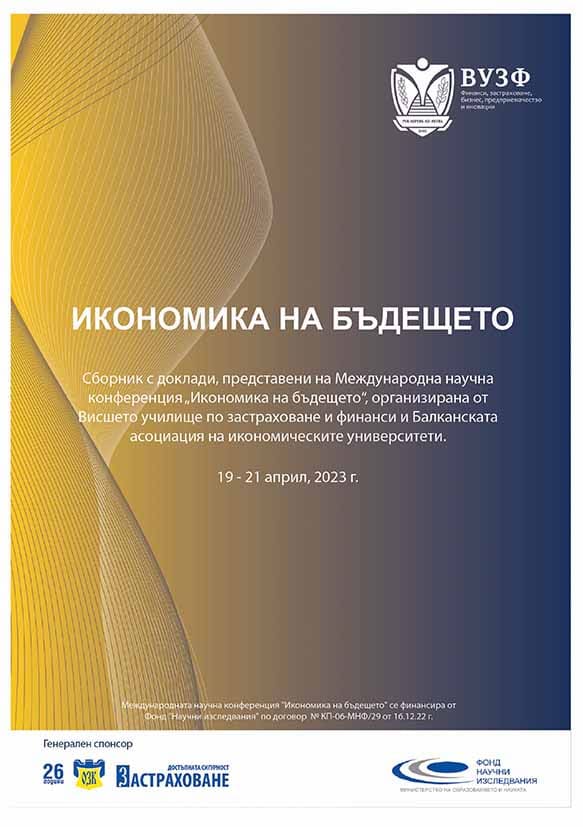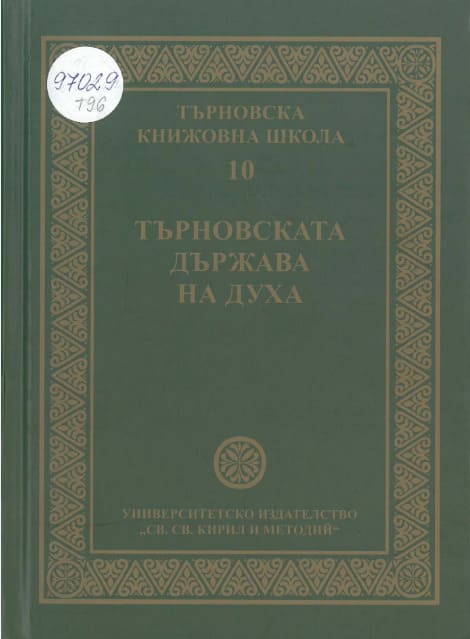
Lexico-Semantic Peculiarities of Greek Words in Rhodope Vernaculars
Лексико-семантични особености на гръцките думи в родопските говори
Keywords: Bulgarian language; Rhodopi dialects; Greek language; Greek loanwords; lexico-semantic peculiarities
Greek loanwords in Bulgarian constitute a significant share of the total number of foreign words in it. In some Bulgarian dialects the number of Greek words, in comparison with other foreign lexemes, is larger owing to the proximity of these vernaculars to those of Greek, and also due to the historical and cultural processes transpiring in Bulgarian lands in the past. In a considerable number of Greek words that have entered the Rhodopi vernaculars semantic changes have occurred. There also are loan words that have preserved the central meaning they have in the source language. Depending on the semantic characteristics of Greek loan words in the Rhodopi vernaculars, three main groups can be differentiated: a) words where no change in meaning has occurred, b) words that have acquired new meaning, and c) new words that are derivatives of lexemes from the former two groups. The study also traces penetration routes of Greek words in the Rhodopi vernaculars. The frequency of use of loan words is analysed in a diachronic aspect.
More...

